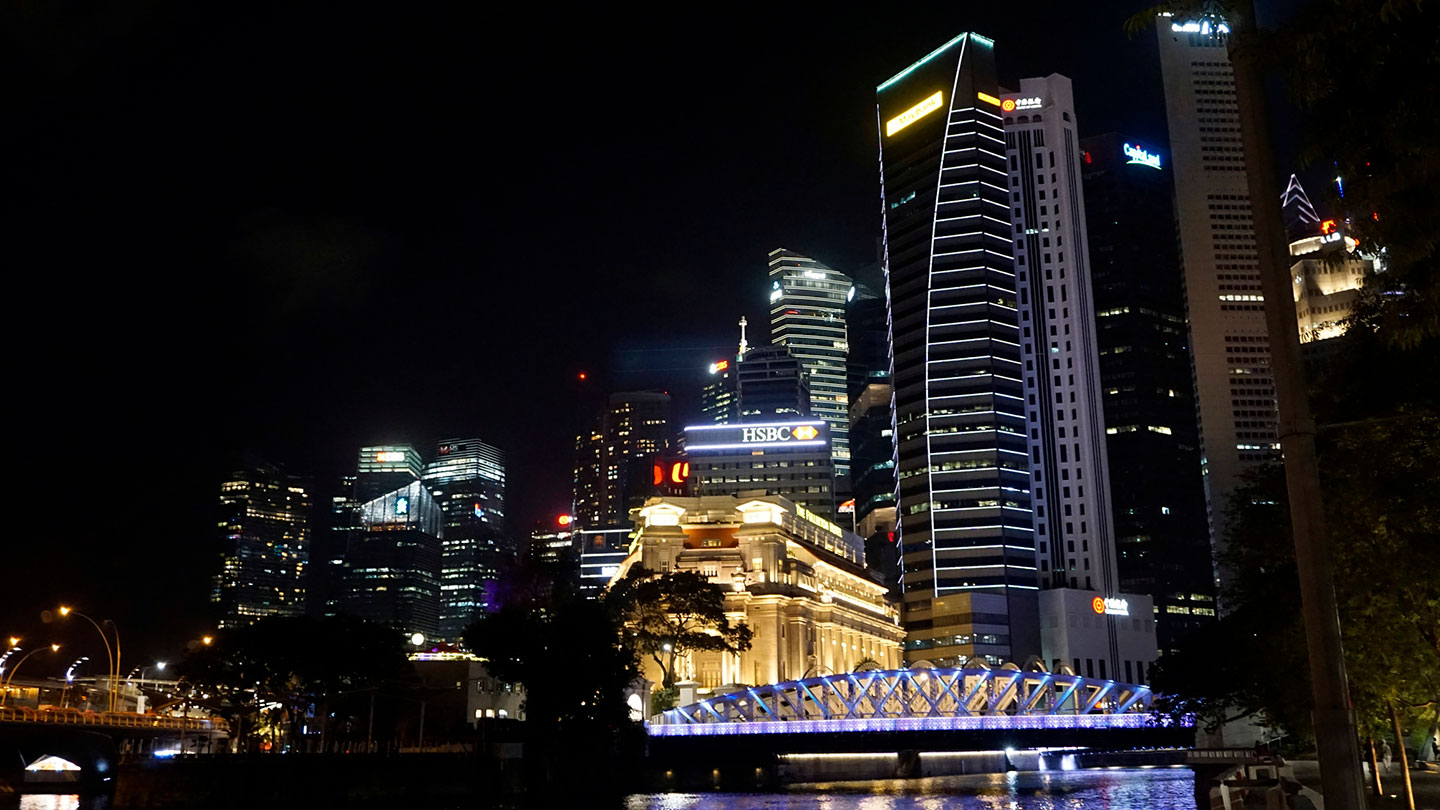On 18 February, Finance Minister, Mr. Lawrence Wong, delivered his inaugural Budget Statement. In the run-up to his speech, there have been high anticipation by observers on three taxes. This article discusses the changes to these three taxes in Budget 2022.
When will the GST hike take effect and will it happen in one go?
The GST rate will be increased first to 8 per cent in January 2023 and then to 9 per cent in January 2024. Many expected this 2 per cent hike to take place as early as July this year, and also for the rate increase to happen in one go. This is particularly so after the economy grew at 7.6% in 2021. So it was welcome relief for individuals and most businesses to learn that the hike will be delayed. Phasing the rate increase helps to cushion the impact on consumption given the concerns on rising costs and inflation. Businesses will need to incur higher compliance costs to go through two increases.
A substantial Assurance Package helps to delay the impact of the GST hike by up to 5 or 10 years for the middle and lower income group respectively. The originally planned $6 billion GST Assurance Package will now be topped up by $640 million.
Review and possible expansion of our wealth tax system
The Finance Minister had indicated four months ago that the government will continue to study how it can expand our wealth tax system to address both income and wealth inequality.
It would have been ideal and fair to levy a pure wealth tax that is computed based on a prescribed percentage of an individual’s net wealth, i.e. after netting off their liabilities such as loans against all their assets such as cash and both movable and immovable properties. But this is cumbersome and expensive to administer, considering how difficult and subjective it can be when attempting to value assets at different times. Moreover certain assets and talent can be very mobile. I am glad that the Minister did not choose this route given the experience by other nations that implemented such a tax.
Instead, he opted for the low hanging fruits by targeting personal income tax, property tax and vehicle tax. The additional tax burden will only affect those who can afford to pay these additional taxes, whether it is income tax for individuals with more than $500,000 taxable income, property tax for higher-valued residential properties or additional registration fees for luxury cars with open market value exceeding $80,000.
Adjustments to our corporate tax system in response to BEPS 2.0
On the back of ongoing discussions under the OECD Base Erosion Profit Shifting (BEPS) project to address tax challenges arising from the digitisation of the economy, by now commonly referred to as BEPS 2.0, there are concerns whether Singapore’s corporate income tax revenue may be adversely impacted.
Under Pillar 2, multinational enterprises (MNEs) with a global turnover in excess of €750 million (SGD 1.15 billion) that operate in jurisdictions that are subject to an effective corporate tax rate of less than 15 per cent will have to top up the taxes paid in their “home” jurisdiction. The top up will be based on the difference between the corporate minimum tax of 15 per cent and the effective tax rate suffered in that other jurisdiction. The government may explore the feasibility of introducing a Minimum Effective Tax Rate (METR) to top-up the effective tax rate of MNEs to 15 per cent. The rationale is that given the certainty of affected MNEs having to pay this minimum effective tax of 15 per cent somewhere, the government should just change the corporate system to collect this METR instead of relinquishing its right to tax to another tax jurisdiction. When that happens, corporate tax revenue may instead increase so long as MNEs continue to find Singapore attractive based on non-tax factors.
The article is an abridged version of the one first published in Yahoo Finance Singapore.




